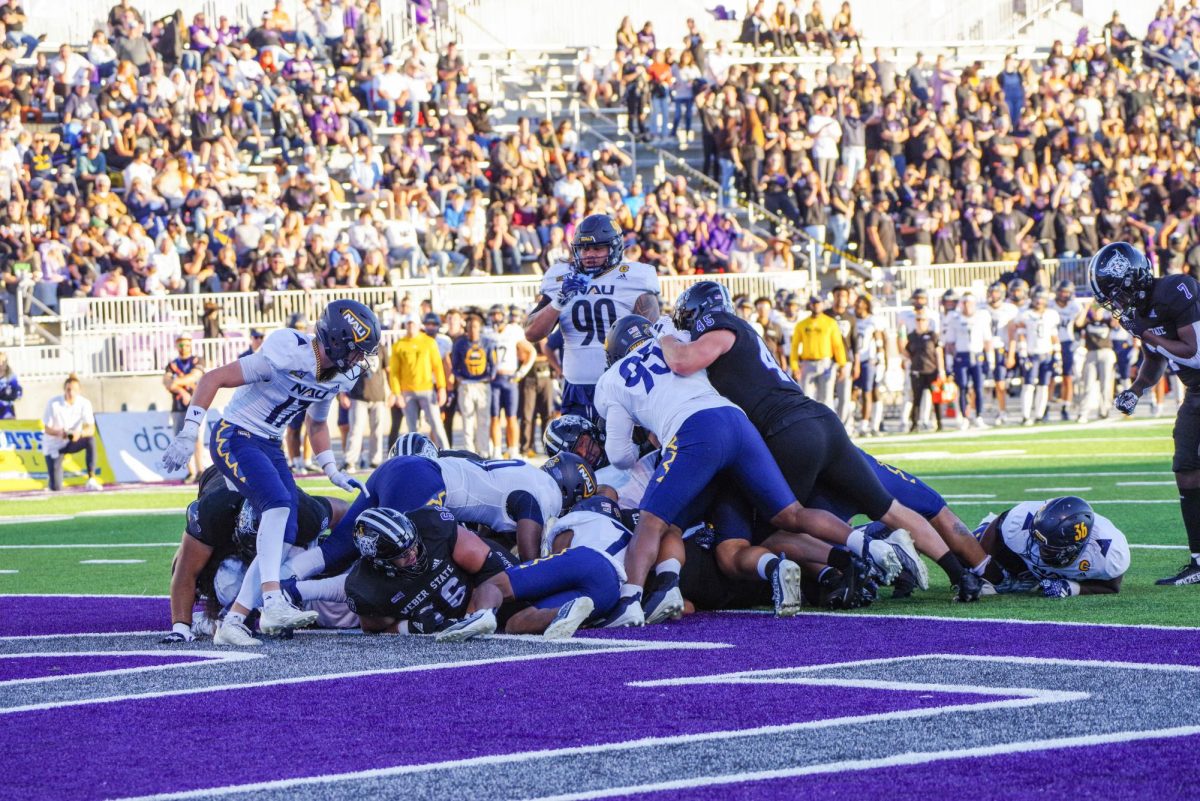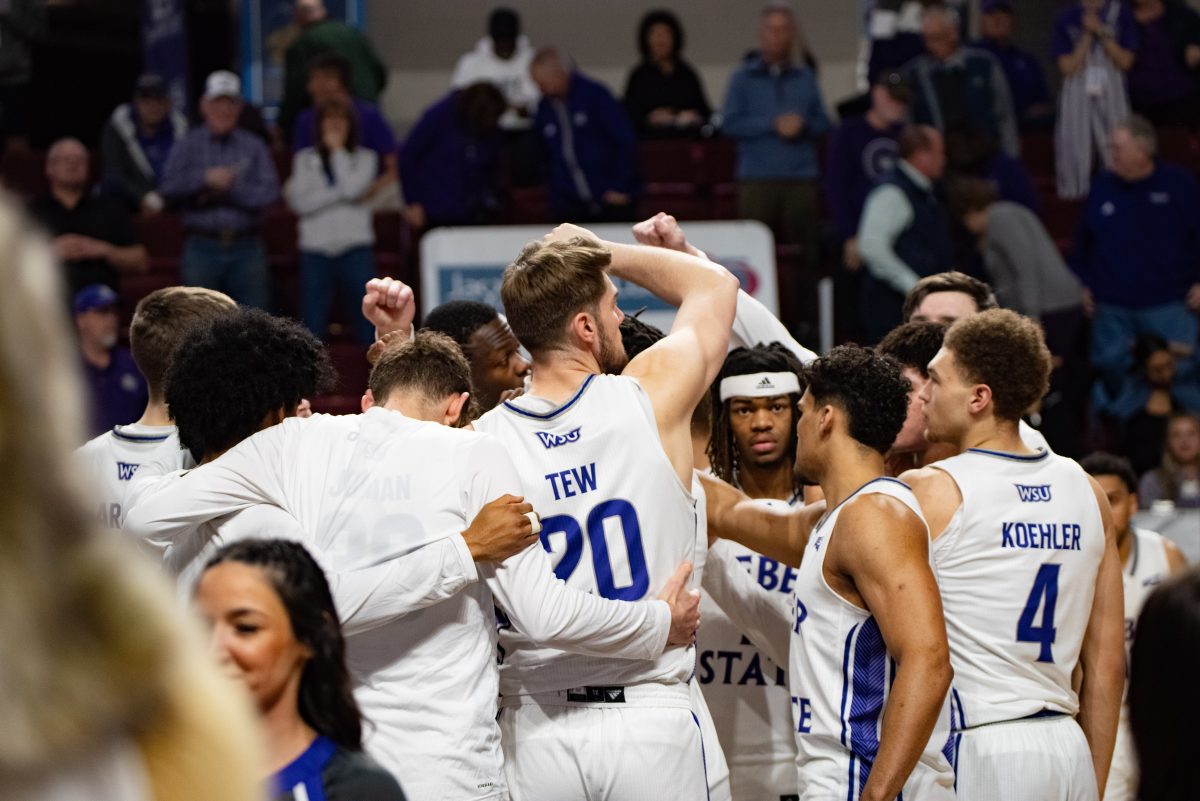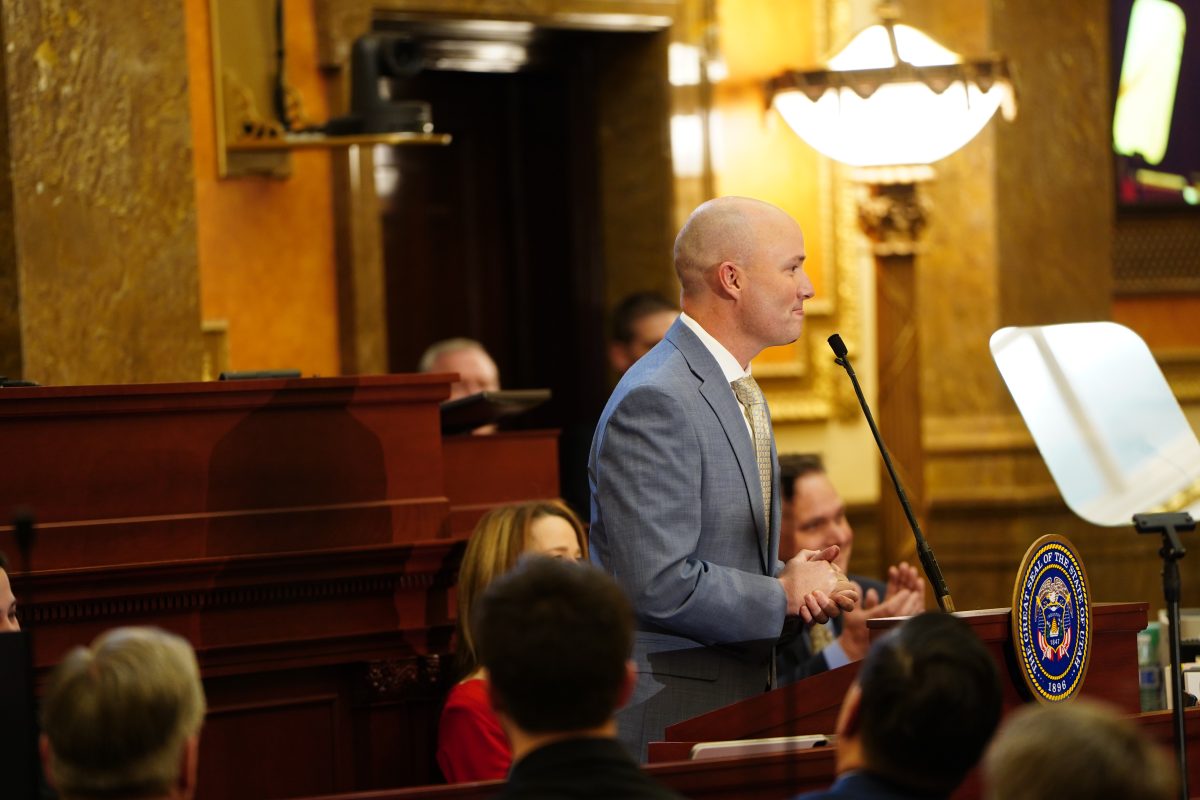“It’s a symbol,” said Yasmen Simonian, Dean of the College of Health Professions, on the brand-new Ezekiel R. Jr. and Katherine W. Dumke Center for the Interprofessional Education in Healthcare Building.
On Sept. 4, this symbol was made a member of Weber State University through a ribbon-cutting ceremony and an open house.

The IPE Building has been under construction for a little over a year. With its state-of-the-art technology, including virtual reality devices and classrooms set up to allow seamless communication between this building and the other Health Professions building, one would think the construction process would be lengthy.
Simonian said, “We were working hard so our major donor, Zeke Dumke Jr., could see it. He was 95 years old and he died this year.”
While Dumke was not able to see the building’s completion, “he saw the process,” she said.
The Dumke daughters were all in attendance for the ribbon-cutting ceremony and open house.
On display for the open house was a device called the “Anatomage.” It allows students to virtually dissect human or animal cadavers all with a tap of their finger on what looks like a overgrown iPad the length of an average human body.
The Anatomage exemplifies the necessity of technological advancement because it is reusable. It enables professors to reteach things on the same cadaver, which would normally be impossible, because a real human cadaver is only useable for so long.
There are 3,000 cases and specimens uploaded onto this $70,000 device and they are not only the uploads of cadavers, but also the images from CAT scans, CT scans and MRIs. Some cases are even taken from mummified remains.
“We have the students do time on this and then they do the same thing on cadavers,” said Dr. Kraig Chugg, the department chair.
Chugg drew the largest crowd of the open house by showing off this incredible machine, which is just one example of the direction the health sciences departments at WSU are moving.

Chugg said, “I always joke you can dissect people, nobody cares, but when I cut that dog to look like that everyone goes ‘ah.’”
All health sciences schools and departments at WSU will get the opportunity to work collaboratively.
Simonian said the emphasis is to, “underline the importance of teamwork in healthcare,” because, “not one single person can know everything … when you have the whole picture the patient benefits.”
Simonian has been at WSU for 37 years, coming from a Medical Laboratory Science background. It’s her 11th year as dean of the college, and she’s excited for this building as a symbol because it’s filling a hole in collaboration between the various health sciences.
Simonian also mentioned that other programs not available or not as developed at WSU, such as ccupational and physical therapy, are more than welcome at the building, especially to collaborate and teach.
Nursing and respiratory therapy students have already exemplified the collaborative message of the building. Through training they acquired by using the building’s services, they were able travel to Cambodia last summer to take care of infants.




